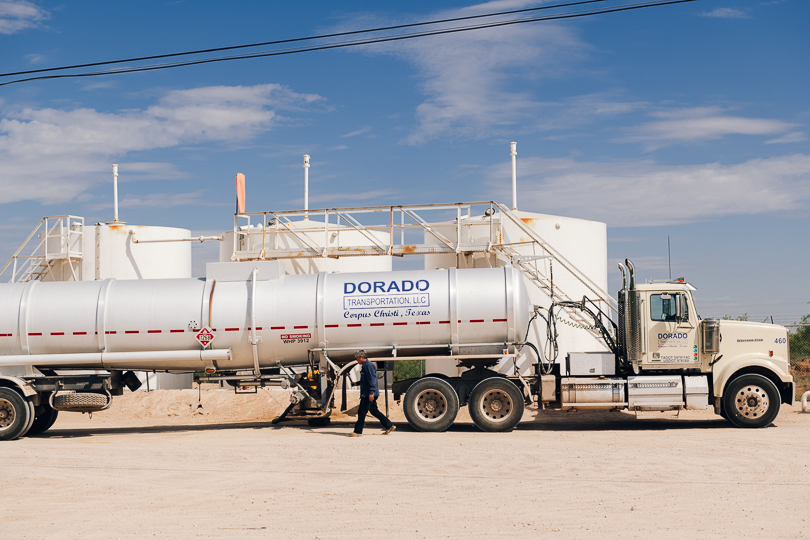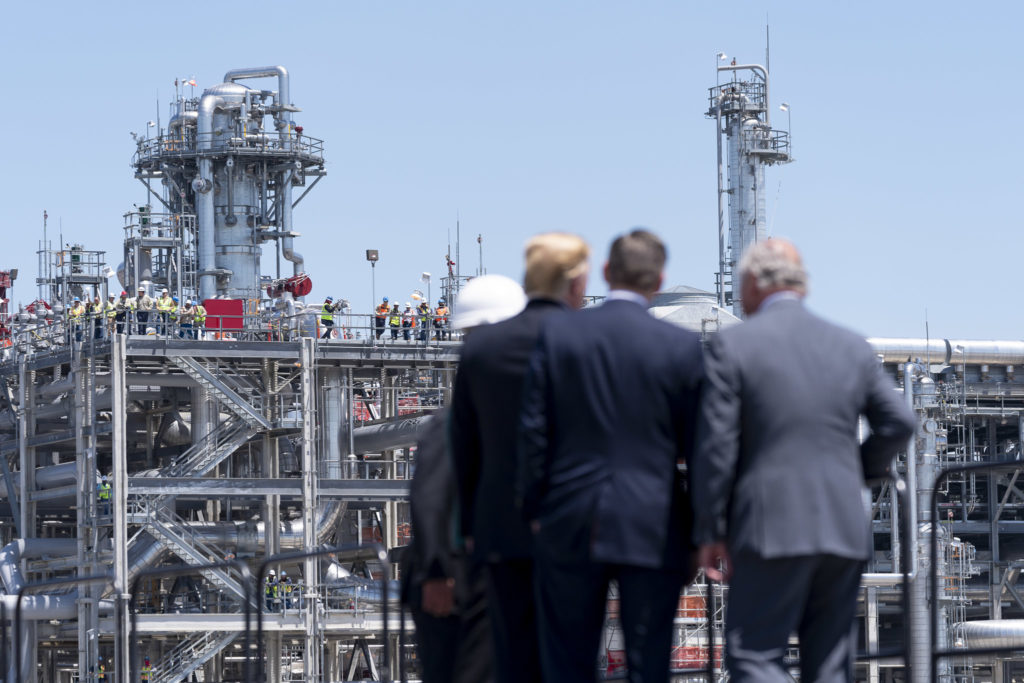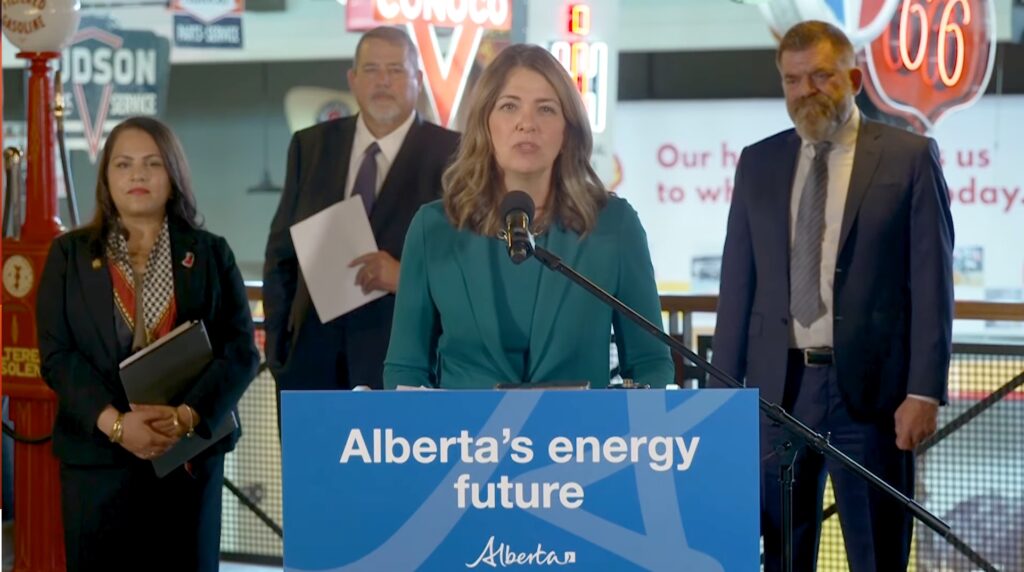Before the U.S. fracking boom took off, shale drillers had access for over two decades to a particular tax incentive that experts say played a key role in setting the stage for the so-called shale revolution.
Known as the Section 29 Unconventional Fuels Production Tax Credit, this subsidy resulted in more than tripling the production of unconventional gas, at a cost of at least $10 billion to taxpayers, from 1980 to 2002.
This fracking production tax credit originated with the 1980 Windfall Profits Tax Act during a time of concern about U.S. dependency on foreign oil. The incentive granted a tax credit of $0.50 per thousand cubic feet (Mcf) of natural gas produced from unconventional sources like shale, tight formations, and coal beds. By 2002 the credit had expired, and fracking pioneer Mitchell Energy had by then achieved commercial production from the Barnett shale, near Fort Worth, Texas.
According to a 2012 report, “Where the Shale Gas Revolution Came From,” by the tech solutions-focused think tank the Breakthrough Institute, “Production of unconventional gas nearly quadrupled over this period, with the production tax credit vital to the growth and maturation of this advanced energy industry.”
The Breakthrough Institute’s Michael Shellenberger and Ted Nordhaus, who routinely bash environmentalism and advocate for government investment in nuclear technology, explained the importance of the Section 29 production tax credit in a Washington Post op-ed back in 2011: “While the rise in natural gas prices in the late 1990s sparked the shale gas revolution, it was the federal non-conventional gas tax credit that made Mitchell’s experimenting possible in the early years, when there was no market for more expensive shale gas.”
A former Mitchell Energy executive confirmed that the tax credit, along with favorable gas prices, was indeed helpful. “So you could say that those pricing scenarios, and the tight gas tax credit, created the possibility for shale gas,” Dan Steward, former vice president of Mitchell Energy, said in a December 2011 interview with the Breakthrough Institute.
Oil being offloaded at the Midland Tank Farm in Midland, Texas, in the Permian Basin Shale, May 28, 2020. Credit: Justin Hamel ©2020
As one expert on energy policy and subsidies told DeSmog, this tax credit for unconventional gas was both costly and important to the development of commercial fracking.
“Around 2000, the unconventional production tax credit was more expensive than … the two largest fossil fuel subsidies today,” Tom Moerenhout, energy policy professor at Columbia University, said in an email.
And the taxpayer subsidy for fracking was key to allowing the shale gas pioneers to experiment and innovate at a time when it was financially risk to do so.
“The way I see it, the [production tax credit] was exactly fundamental in those early stages,” Moerenhout explained. “It helped shale companies to cover the big costs of investing in shale and helped them survive the constant disappointments that made the majors like Exxon leave the shale market, for example.”
According to a March 2013 report by the American Energy Innovation Council, “Section 29 credits generated more investor interest” and “stimulated industry to drill more wells.” That report also noted how the credit was relatively costly to taxpayers: “Although total Section 29 tax credit expenditures associated with unconventional gas have not been quantified, Section 29 credits for unconventional gas have been estimated at $6 billion ($10 billion in 2011 dollars) between 1985 and 1991, and other reports have estimated total expenditures perhaps twice that amount.”
The oil and gas industry and its allies often point to the costs of production tax credits for renewable energy sources like wind and solar while ignoring the substantial taxpayer costs that subsidize fossil fuels, including historic and current subsidies.
For example, Utah State University and Koch-funded Professor Randy Simmons wrote an article for The Conversation in 2015 criticizing wind energy for its federal subsidies. Another article, published in March 2019 by the blog Natural Gas Now, railed against wind and solar tax credits as “green rent seeking,” claiming that they “are horribly distorting our energy markets.” The Heartland Institute, a think tank notorious for climate science denial, has posted similar, misleading commentary about renewable energy production tax credits.
Arguing against these subsidies as “rent seeking distortions” seems just a bit hypocritical, supporters of renewable energy point out, when considering government support has long propped up the fossil fuel industry with measures including the fracking production tax credit.
“The oil and gas industry has over 100 years of subsidies,” noted Lukas Ross, senior policy analyst at Friends of the Earth. “This is quite a considerable head start that polluters have over clean energy alternatives. A century of giveaways simply don’t compare to the very modest incentives to renewable energy that aren’t even permanent.”
Oil and Gas Industry Lobbied to Extend the Fracking Tax Credit
The unconventional fuels production tax credit was extended in 1990 and again in 1992, and covered production through 2002. Following the passage of the Energy Policy Act of 2005, the Section 29 credit was officially eliminated from the Internal Revenue Code, though some non-expired incentives for unconventional fuels continue to exist as part of the general business credit, according to the Congressional Research Service.
Oil and gas associations have lobbied to extend the credit. In 2001, the New Mexico Oil and Gas Association (NMOGA) argued for extending Section 29. According to a statement the association’s Bob Gallagher submitted to the Senate Finance Committee, “Section 29 was effective, and clearly resulted in increased supplies of natural gas, as well as lower consumer prices.”
Laid off workers hung their boots on fence posts after their last shift in the Permian Shale’s oil fields in Eddy County, New Mexico, in spring 2020. Credit: Justin Hamel ©2020
The Independent Petroleum Association of America (IPAA) also wanted the Section 29 tax credit extended, according to a February 2005 IPAA document. The industry trade group argued that extending the credit would reduce natural gas imports and keep consumer prices low, resulting in “reduced pressure on American manufacturers.”
But as the Congressional Research Service noted in a 2010 report, “By the mid-2000s there was substantial abuse of the credit.” Ultimately the Section 29 credit was eliminated, but unconventional gas production did not drop. It skyrocketed.
The shale boom that followed turned out to be an “unmitigated disaster” for investors, as one former shale gas CEO acknowledged during a petrochemical industry conference last year. Although the North American gas industry is particularly stressed right now and some fracking companies are facing bankruptcies amid the pandemic, the industry’s financial troubles are nothing new, as DeSmog has reported since 2018.
According to Columbia University’s Moerenhout, the gas industry’s claimed “success” and “resilience” are largely due to early government support, particularly the production tax credit.
“Shale companies often struggled with their finances already early on and this BS American Dream story of ‘resilience, experimentation, and perseverance’ would have likely been impossible without the [production tax credit],” he said.
Main image: May 28, 2020, dozens of drilling rigs are stacked at the H&P yard in Midland, Texas, after the oil price went negative on April 20, 2020. Credit: Justin Hamel ©2020
Subscribe to our newsletter
Stay up to date with DeSmog news and alerts









